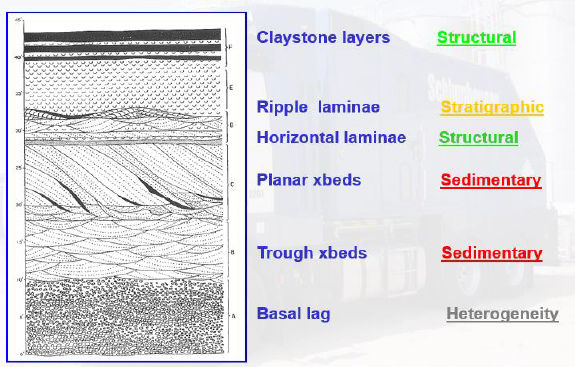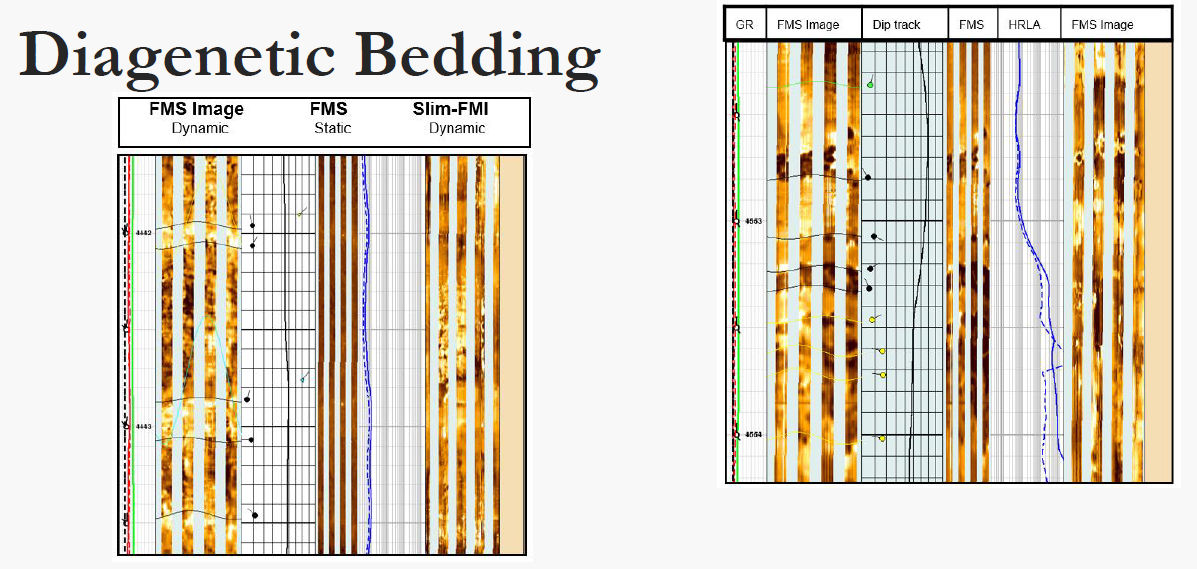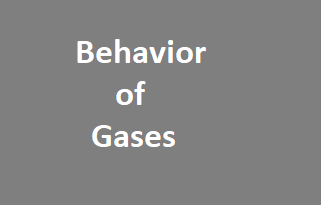
Fracture Classification On Geological Image Logs

Share
Course Summary
A common practice in the world is to classify fractures as being either open or closed according to the direct tool response. This approach assumes that all conductive and low acoustic amplitude fractures are open and that all resistive and high acoustic amplitude fractures are closed or cemented. This is a big assumption to make. Even in carbonate sequences, there are many cases where the assumptions made above are not valid. There can be certain types of mineralizations that infill fractures but have a conductive or low acoustic amplitude. That is, the fracture is cemented and therefore impermeable, but still appears open according to the image response.
Clay-filled fractures are an example which can occur even in carbonates. More common are pyrites and other iron mineral fracture fillings. Slickensided surfaces may have conductive materials, and fault planes can be filled with a gouge that could appear relatively conductive in comparison to the matrix. It is an important point that the imaging tools primarily measure contrasts in the rock properties. Therefore, in a very tight rock, even a hairline or cemented fracture can appear to be relatively conductive. Bioturbation and in particular burrowing can also create what can appear to be conductive or open fractures. For all these reasons, it is advocated that fractures are primarily classified according to log response and that any inference concerning open or closed be left to the interpretation comments that form part of the well report.
Subject Area
Upstream Oil & Gas
- Geology
- Geophysics
- Petrophysics
- Log Analysis
- For bulk sales, questions, or any inquiries, contact admin at the following address: admin@alzare.com
- Certificates will be issued after successful completion of training.
Course Outline (Table of Content)
-
Fracture Classification on Geological Image logs( 1 video 1 pdf)
- Fracture Information ( 1 video 1 pdf)
- Challenges
- Objectives
- Workflow
- Major Conductive/Low Acoustic Amplitude Fractures
- Minor Conductive/Low Acoustic Amplitude Fractures
- Major Resistive/High Acoustic Amplitude Fractures
- Minor Resistive/High Acoustic Amplitude Fractures
- Drilling Fractures
- Conclusion
Cost of Course (USD)
$35
Who Should Buy This Course?
- Borehole Reservoir Geologists
- Geophysicists
- Petrophysicists
- Sedimentologists
Why Should You Buy This Course?
- In carbonates and clastic reservoirs, identification of the correct fracture type on the borehole image needs a clear differentiation between major and minor open fractures, major and minor resistive fractures, and drilling fractures.
- The chances of finding good or bad fractures are quite high in complex tectonic reservoirs and the main challenge is to find out where they are more concentrated in the reservoir, and what orientations they have in relation to the structural axis, finding stress regime, and gas–oil, or oil–water contacts.
Course Preparation
- Learners should have prior knowledge of :
- Logging operations & techniques.
- Understanding of borehole image tools and their application in reservoir characterization.
- Structural Geology fundamentals.
- Structures in carbonate and sandstone rocks (basic).
- Fracture characterization basics.
- Learners should review and study deeply at least one example of the image log analysis from their company (borehole geological analysis report). The borehole image log could be for vertical and or horizontal well from one of your fields. It could be for sandstone and a carbonate reservoir. It could be for Wireline images or for LWD log.
- Learners should have access to a computer with internet access.
Instructor Details
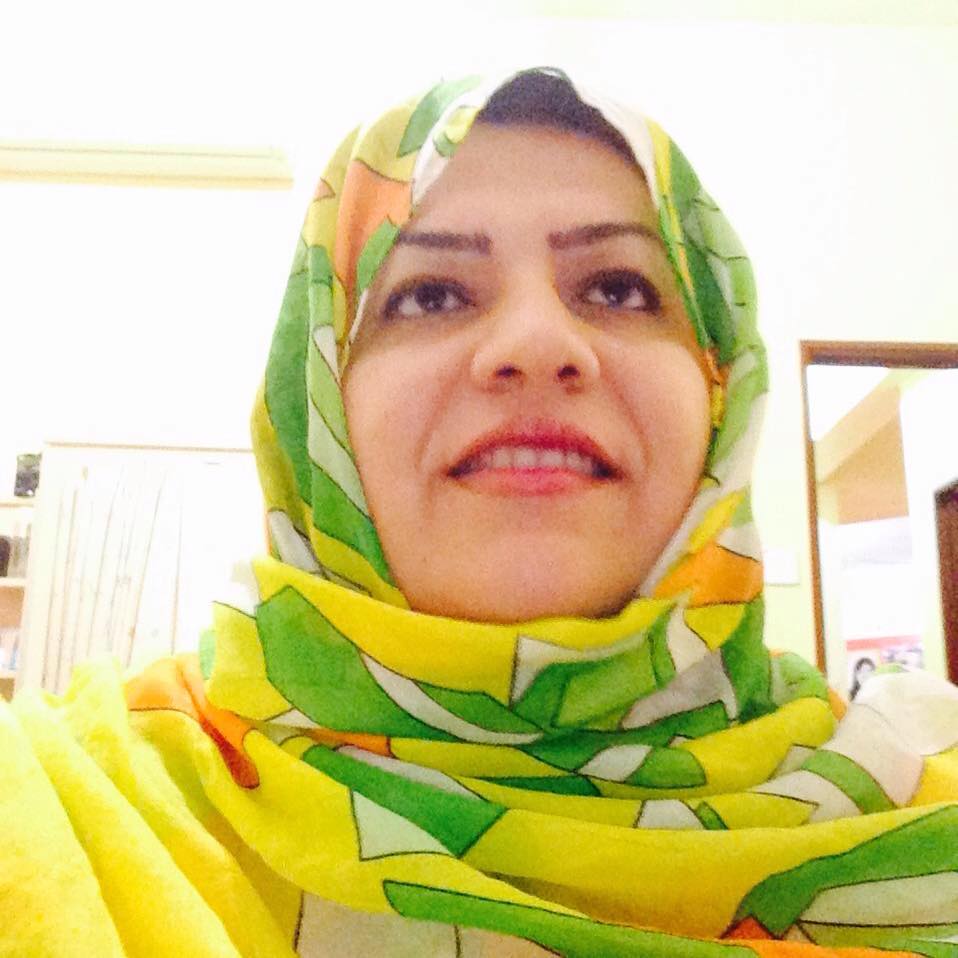
Instructor: Zohreh Movahed
Title: Senior Reservoir Geologist Consultant
- Dr. Zohreh is a Senior Reservoir Geologist Consultant with Springer, Karun Energy.
- Dr. Zohreh has 20 years of petroleum geology experience (reservoir characterization and modelling in fractured and non-fractured reservoir), and technical sales and marketing in NIOC, Schlumberger, Springer, Karun energy, ANTAEUS, and Teleperformance Malaysia.
- 7 years of international consultancy experience in Oil and Gas Industry.
- Professional geological, fracture, petrophysical imaging analysis & modelling.
- Professional fracture and non-fractured reservoir characterization.
- Over 40 published technical papers in engineering and scientific journals.
Education:
- PhD - Petroleum Engineering, UTM University, Malaysia, 2012-2015
- Master of Science in Geology, Shahid Beheshti University (Old National University of IRAN), 1999-2002
- Bachelor of Science in Geology, Payam-e Noor University, Iran, 1994-1998
Ratings & Reviews
No Ratings & Reviews given yet..
More Courses From Zohreh Movahed
Dip Classification on Geological Image logs
6179 Views

Zohreh Movahed
Senior Reservoir Geologist Consultant
50
Structural Bedding On Geological Image Logs
6011 Views

Zohreh Movahed
Senior Reservoir Geologist Consultant
30
Sedimentary Bedding On Geological Image Logs
5902 Views

Zohreh Movahed
Senior Reservoir Geologist Consultant
30
Stratigraphic Bedding On Geological Image Logs
6020 Views

Zohreh Movahed
Senior Reservoir Geologist Consultant
30
Diagenetic Bedding On Geological Image Logs
6195 Views

Zohreh Movahed
Senior Reservoir Geologist Consultant
30
Fracture Classification On Geological Image Logs
7124 Views

Zohreh Movahed
Senior Reservoir Geologist Consultant
35
Similar Courses (Recommended Courses)
Oil Reservoirs Under Simultaneous Drives
2933 Views
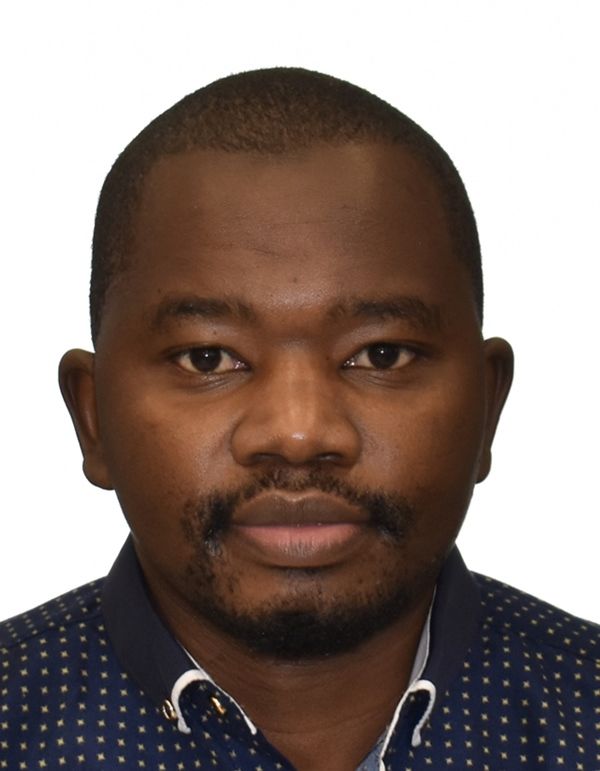
Dr. Farad Sagala
Reservoir Engineer
10
Hydrocarbon Gas Characteristics
2568 Views

Dr. Farad Sagala
Reservoir Engineer, EOR Expert
10
Treatment and Interpretation Techniques of Wireline Pressure Data
3174 Views

Paolo Martini
Senior Petroleum Geologist
30
Introduction To Reservoir Engineering
2841 Views

Dr. Farad Sagala
EOR Expert, Reservoir Engineer
10




